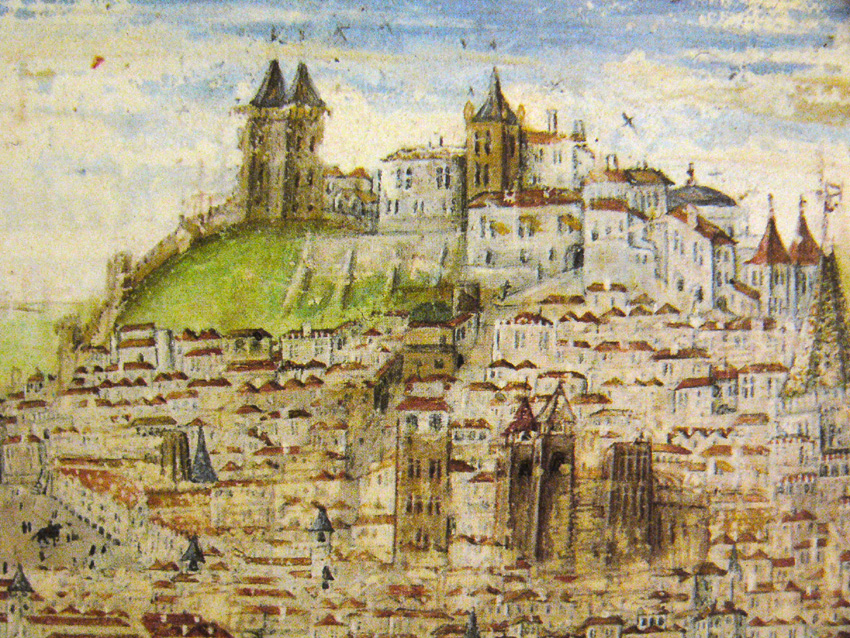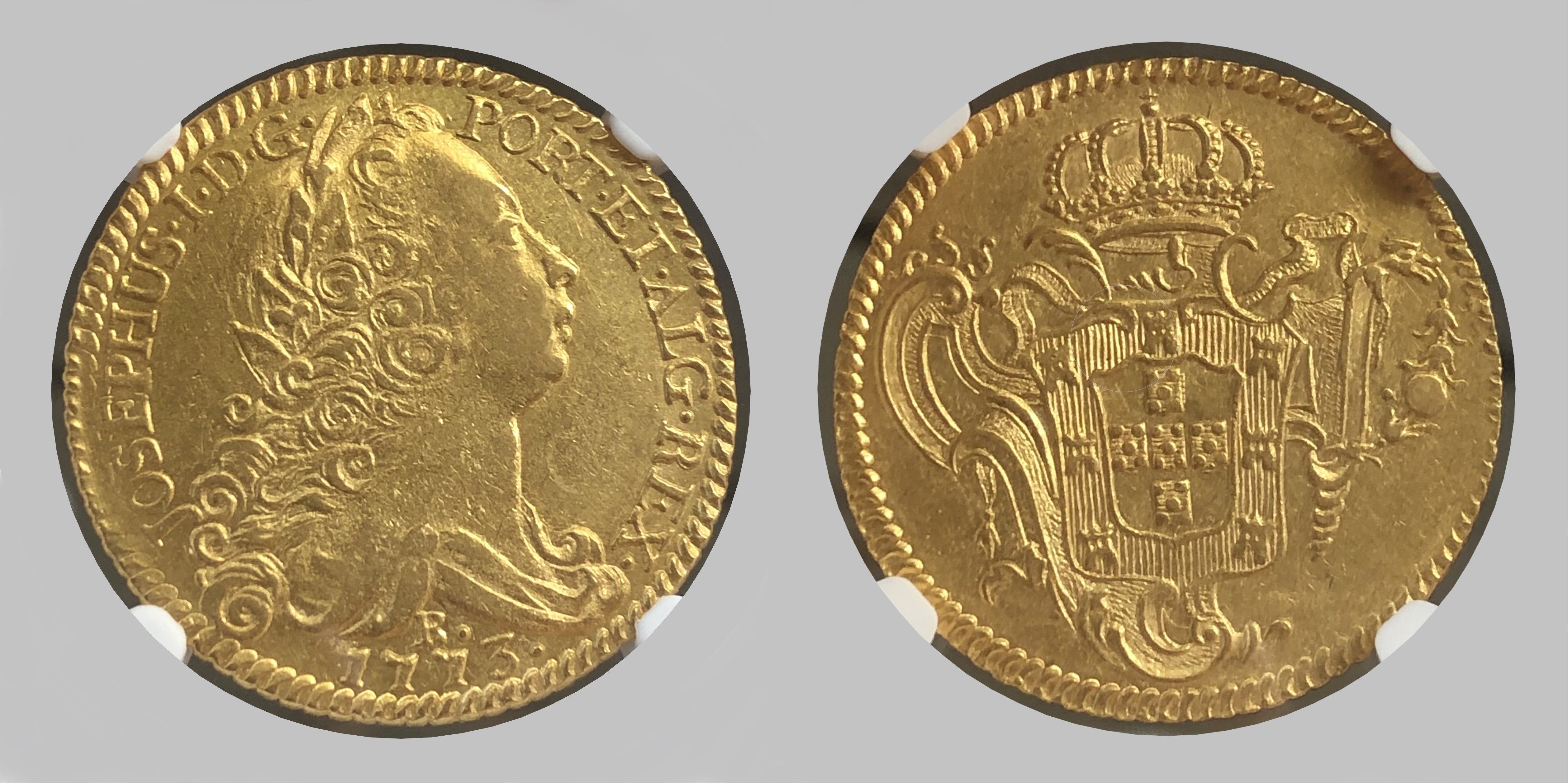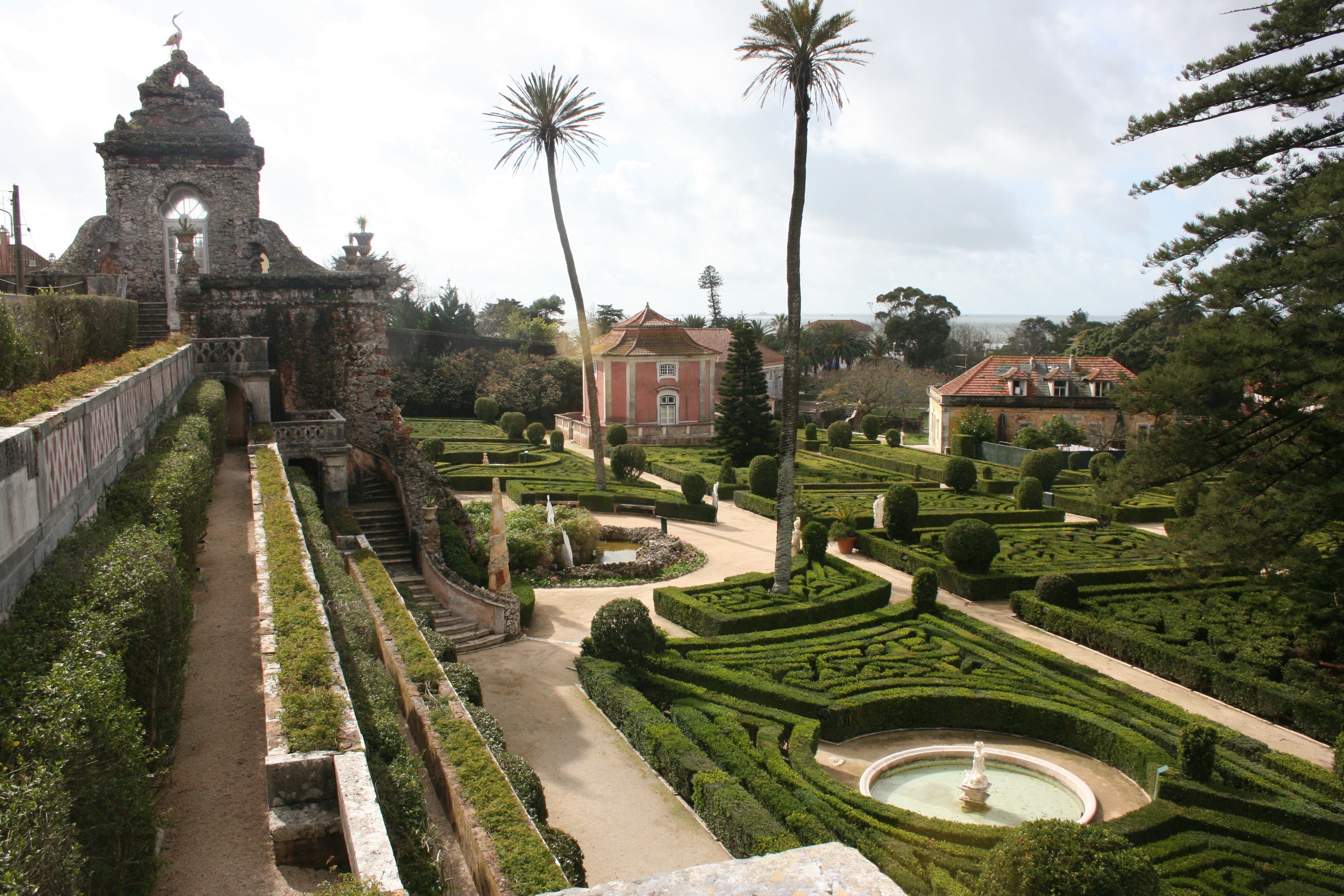|
Tiro De Diu
The Tiro de Diu is a 16th-century Siege engine, siege cannon, specifically a large-calibre artillery, large-calibre Basilisk (cannon), basilisk, which saw action in the First Siege of Diu in 1538. History The Tiro de Diu was cast in bronze in 1533 during the reign of Sultan Bahadur Shah of Gujarat and was used during the First Siege of Diu in 1538. The basilisk is cast in one solid piece and has no ornaments whatsoever except for some laudatory Arabic inscriptions that can be roughly translated as follows: ''From our Lord the Sultan of Sultans of all ages; life-giver of the tradition of the Prophet of the Merciful God; the one that fights for the exaltation of the precepts of the Koran; the destroyer of the arguments of the supporters of wickedness; the one that casts away the houses of worshipers of idols; the Victor of the day when the two armies will meet; heir to the kingdom of Solomon; the one who trusts in the God the Benefactor; the possessor of all the virtues – Bah ... [...More Info...] [...Related Items...] OR: [Wikipedia] [Google] [Baidu] |
Basilisk (cannon)
The basilisk was a very heavy bronze cannon employed during the Late Middle Ages. The barrel of a basilisk could weigh up to 4,000 lb (1,800 kg) and could have a calibre of up to 5 inches (13 cm). On average they were around 10 feet long, though some, like Queen Elizabeth's Pocket Pistol, were almost three times that length. The basilisk got its name from the mythological basilisk: a fire-breathing venomous serpent that could cause large-scale destruction and kill its victims with its glance alone. It was thought that the very sight of its 160 lb shot would be enough to scare the enemy to death. In 1588 the Spanish Armada was equipped with many basilisks for their invasion of England with the intent of using them to besiege towns loyal to Elizabeth I. Many of these guns were lost when the ships were wrecked on their return to Spain. Due to its large size, the basilisk fell out of favour of European generals, who preferred lighter, more accurate artiller ... [...More Info...] [...Related Items...] OR: [Wikipedia] [Google] [Baidu] |
Castle Of São Jorge
Saint George's Castle ( pt, Castelo de São Jorge; ) is a historic castle in the Portuguese capital of Lisbon, located in the ''freguesia'' of Santa Maria Maior. Human occupation of the castle hill dates to at least the 8th century BC while the first fortifications built date from the 1st century BC. The hill on which Saint George's Castle stands has played an important part in the history of Lisbon, having served as the location of fortifications occupied successively by Phoenicians, Carthaginians, Romans, and Moors, before its conquest by the Portuguese in the 1147 Siege of Lisbon. Since the 12th century, the castle has variously served as a royal palace, a military barracks, home of the Torre do Tombo National Archive, and now as a national monument and museum. History Although the first fortifications on this hilltop date from the 1st century BC, archaeological excavations have identified a human presence in the Tagus valley as far back as the 8th century BC. The first fo ... [...More Info...] [...Related Items...] OR: [Wikipedia] [Google] [Baidu] |
Jorge Santos Alves (dir
Jorge is a Spanish and Portuguese given name. It is derived from the Greek name Γεώργιος (''Georgios'') via Latin ''Georgius''; the former is derived from (''georgos''), meaning "farmer" or "earth-worker". The Latin form ''Georgius'' had been rarely given in Western Christendom since at least the 6th century. The popularity of the name however develops from around the 12th century, in Occitan in the form ''Jordi'', and it becomes popular at European courts after the publication of the '' Golden Legend'' in the 1260s. The West Iberian form ''Jorge'' is on record as the name of Jorge de Lencastre, Duke of Coimbra (1481–1550). List of people with the given name Jorge * Jorge (footballer, born 1946), Brazilian footballer * Jorge (Brazilian singer), Brazilian musician and singer, Jorge & Mateus * Jorge (Romanian singer), real name George Papagheorghe, Romanian singer, actor, TV host * Jorge Betancourt, Cuban diver * Jorge Campos, Mexican football player * Jorge Ca ... [...More Info...] [...Related Items...] OR: [Wikipedia] [Google] [Baidu] |
List Of The Largest Cannon By Calibre
The list of cannon by caliber contains all types of cannon through the ages listed in decreasing caliber size. For the purpose of this list, the development of large-calibre artillery can be divided into three periods, based on the kind of projectiles used, due to their dissimilar characteristics, and being practically incommensurable in terms of their bore size: *Stone balls: Cannon of extraordinary bore, which fired stone balls, were first introduced at the turn of the 14th to 15th century in Western Europe. Following a logic of increasing performance through size, they had evolved from small handguns to giant wrought-iron or cast-bronze bombards within a span of just several decades. *Iron balls and shot: By the 16th century, however, a general switch from stone balls to smaller, but much more effective iron projectiles was in full swing. This and the parallel tendency towards standardized, rapid-firing cannon made the enormously costly and logistically demanding giant guns ... [...More Info...] [...Related Items...] OR: [Wikipedia] [Google] [Baidu] |
Tiro De Diu Inscriptions
Marcus Tullius Tiro (died 4 BC) was first a slave, then a freedman, of Cicero from whom he received his nomen and praenomen. He is frequently mentioned in Cicero's letters. After Cicero's death Tiro published his former master's collected works of letters and speeches. He also wrote a considerable number of books himself, and is thought to have invented an early form of shorthand. Life The year of Tiro's birth is uncertain. Groebe, in the ''Realencyclopädie'', places it at 103 BC per a statement in Jerome that Tiro died in his hundredth year; this dating, however, is unlikely given that Cicero's letters imply that he was much younger. Moreover, because valuable slaves usually received their freedom within a few years, Kathryn Tempest in the ''Encyclopedia of Ancient History'', along with William McDermott in ''Historia'', place his birth . There is no clear evidence of Tiro's parents or of his status as ''verna'' (slave born into a master's household). That said, he ... [...More Info...] [...Related Items...] OR: [Wikipedia] [Google] [Baidu] |
Tiro De Diu1
Marcus Tullius Tiro (died 4 BC) was first a slave, then a freedman, of Cicero from whom he received his nomen and praenomen. He is frequently mentioned in Cicero's letters. After Cicero's death Tiro published his former master's collected works of letters and speeches. He also wrote a considerable number of books himself, and is thought to have invented an early form of shorthand. Life The year of Tiro's birth is uncertain. Groebe, in the ''Realencyclopädie'', places it at 103 BC per a statement in Jerome that Tiro died in his hundredth year; this dating, however, is unlikely given that Cicero's letters imply that he was much younger. Moreover, because valuable slaves usually received their freedom within a few years, Kathryn Tempest in the ''Encyclopedia of Ancient History'', along with William McDermott in ''Historia'', place his birth . There is no clear evidence of Tiro's parents or of his status as ''verna'' (slave born into a master's household). That said, he ... [...More Info...] [...Related Items...] OR: [Wikipedia] [Google] [Baidu] |
Tiro De Diu3
Marcus Tullius Tiro (died 4 BC) was first a slave, then a freedman, of Cicero from whom he received his nomen and praenomen. He is frequently mentioned in Cicero's letters. After Cicero's death Tiro published his former master's collected works of letters and speeches. He also wrote a considerable number of books himself, and is thought to have invented an early form of shorthand. Life The year of Tiro's birth is uncertain. Groebe, in the ''Realencyclopädie'', places it at 103 BC per a statement in Jerome that Tiro died in his hundredth year; this dating, however, is unlikely given that Cicero's letters imply that he was much younger. Moreover, because valuable slaves usually received their freedom within a few years, Kathryn Tempest in the ''Encyclopedia of Ancient History'', along with William McDermott in ''Historia'', place his birth . There is no clear evidence of Tiro's parents or of his status as ''verna'' (slave born into a master's household). That said, he ... [...More Info...] [...Related Items...] OR: [Wikipedia] [Google] [Baidu] |
Military Museu, Lisbon
A military, also known collectively as armed forces, is a heavily armed, highly organized force primarily intended for warfare. It is typically authorized and maintained by a sovereign state, with its members identifiable by their distinct military uniform. It may consist of one or more military branches such as an army, navy, air force, space force, marines, or coast guard. The main task of the military is usually defined as defence of the state and its interests against external armed threats. In broad usage, the terms ''armed forces'' and ''military'' are often treated as synonymous, although in technical usage a distinction is sometimes made in which a country's armed forces may include both its military and other paramilitary forces. There are various forms of irregular military forces, not belonging to a recognized state; though they share many attributes with regular military forces, they are less often referred to as simply ''military''. A nation's military may ... [...More Info...] [...Related Items...] OR: [Wikipedia] [Google] [Baidu] |
José I Of Portugal
Dom Joseph I ( pt, José Francisco António Inácio Norberto Agostinho, ; 6 June 1714 – 24 February 1777), known as the Reformer (Portuguese: ''o Reformador''), was King of Portugal from 31 July 1750 until his death in 1777. Among other activities, Joseph was devoted to hunting and the opera. Indeed, he assembled one of the greatest collections of operatic scores in Europe. His government was controlled by Sebastião José de Carvalho e Melo, 1st Marquis of Pombal. The third child and second son of King Dom John V, Joseph became his father's heir as an infant when his older brother, Dom Pedro, Prince of Brazil, died. In 1729 he married Infanta Mariana Victoria, the eldest daughter of King Don Philip V of Spain, and Joseph's sister Infanta Barbara married Mariana Victoria's half-brother Prince Don Ferdinand (the future King Don Ferdinand VI of Spain). These marriages were known as the Exchange of the Princesses. Joseph and Mariana Victoria had four daughters. With the deat ... [...More Info...] [...Related Items...] OR: [Wikipedia] [Google] [Baidu] |
Oeiras Municipality, Portugal
Oeiras () is a town and municipality in the western part of Lisbon metropolitan area, located within the Portuguese Riviera, in continental Portugal. The municipality is part of the urban agglomeration of Lisbon and the town of Oeiras is about 16 km from Lisbon downtown. The population in 2011 was 172,120 living in an area of 45.88 km2, making the municipality the fifth-most densely populated in Portugal. Oeiras is an important economic hub, being one of the most highly developed municipalities of Portugal and Europe. It has the highest GDP per capita in the country, being also the second highest-ranking municipality (immediately after Lisbon) in terms of purchasing power as well as the second highest-ranking in the country as far as tax collection is concerned. These economic indicators also reflect the education level of its inhabitants, as Oeiras is the municipality with the highest concentration of population by tertiary education attainment in the country, their entr ... [...More Info...] [...Related Items...] OR: [Wikipedia] [Google] [Baidu] |
Arabic
Arabic (, ' ; , ' or ) is a Semitic languages, Semitic language spoken primarily across the Arab world.Semitic languages: an international handbook / edited by Stefan Weninger; in collaboration with Geoffrey Khan, Michael P. Streck, Janet C. E.Watson; Walter de Gruyter GmbH & Co. KG, Berlin/Boston, 2011. Having emerged in the 1st century, it is named after the Arabs, Arab people; the term "Arab" was initially used to describe those living in the Arabian Peninsula, as perceived by geographers from ancient Greece. Since the 7th century, Arabic has been characterized by diglossia, with an opposition between a standard Prestige (sociolinguistics), prestige language—i.e., Literary Arabic: Modern Standard Arabic (MSA) or Classical Arabic—and diverse vernacular varieties, which serve as First language, mother tongues. Colloquial dialects vary significantly from MSA, impeding mutual intelligibility. MSA is only acquired through formal education and is not spoken natively. It is ... [...More Info...] [...Related Items...] OR: [Wikipedia] [Google] [Baidu] |
Gujarat Sultanate
The Gujarat Sultanate (or the Sultanate of Guzerat), was a Medieval Indian kingdom established in the early 15th century in Western India, primarily in the present-day state of Gujarat, India. The dynasty was founded by Sultan Zafar Khan Muzaffar, whose ancestors were Tāṅks from southern Punjab. He rose to the nobility after marriage of his sister with Firuz Shah Tughlaq, the Delhi Sultan, and would become the Governor ( Naib) of Gujarat under the Delhi Sultanate. Zafar Khan defeated Farhat-ul-Mulk near Anhilwada Patan and made the city his capital. Following Timur's invasion of the Delhi Sultanate, the city was devastated and weakened considerably, so he declared himself independent from Delhi in 1407, and formally established the Sultanate of Guzerat. The next sultan, his grandson Ahmad Shah I moved the capital to Ahmedabad in 1411. His successor Muhammad Shah II subdued most Rajput chieftains. The prosperity of the sultanate reached its zenith during the rule of Mahmud ... [...More Info...] [...Related Items...] OR: [Wikipedia] [Google] [Baidu] |






